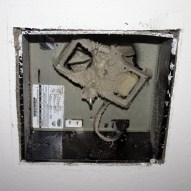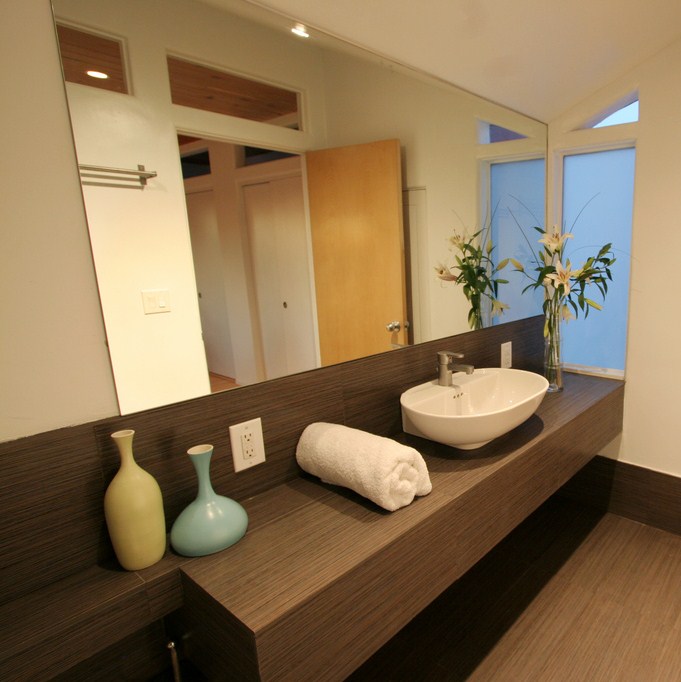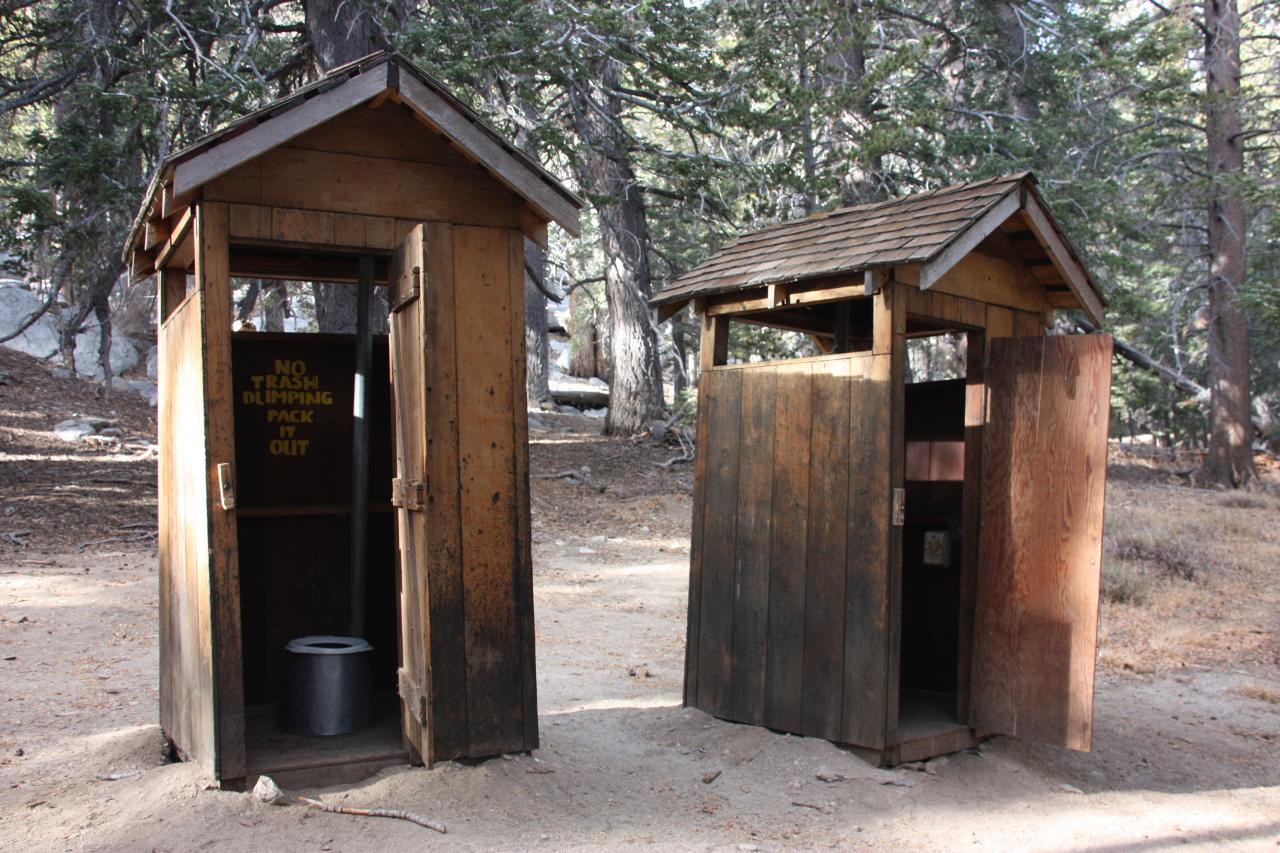Maintenance Tips: Bathtubs and Showers
Remnants of dirt, debris, and soap that are not rinsed down the drain can harden on the surface of a bathtub or shower, forming a residue. Limiting the amount of residue is important because mildew often grows in areas where residue is not properly removed. Also, areas that are prone to water infiltration should be regularly inspected and repaired as necessary.

Bathroom Maintenance Tips
Maintenance Tips: Bathroom Exhaust Fans
Maintenance Tips: Bathroom Vanities
Maintenance Tips: Toilets
Through cleaning and proper maintenance, your bathtub or shower will remain attractive in appearance, water will remain in its intended location, and you will ensure a healthy and bacteria free environment.
Cleaning
White film or mildew will form on the surface of your bathtub or shower as well as on the curtains and doors if not cleaned on a regular basis (monthly at a minimum). Wiping down the surface with a dry towel after each use will limit the amount of residue, but proper cleaning should still be performed.
The material of your bathtub or shower and the manufacturer’s recommendations are needed to determine the types of cleaners that are approved for use. It is a good idea to verify both prior to starting any type of cleaning. As a general rule of thumb, a nonabrasive liquid cleaning solution that does not contain acetate, along with a soft cloth and hot water, can be used to clean most surfaces. Doors, on the other hand, should be thoroughly cleaned with an abrasive cleaner. Curtains can be replaced or hand washed.
Tile and Grout
Water and building materials do not generally mix well. When a building material such as grout remains in contact with water for an extended period of time, mildew growth and other damage can occur. Also, due to the possibility of damage and deterioration through normal use, cleaning is not the only maintenance required. To prevent water damage outside of your bathtub or shower, the following inspections should be completed.
- Seal the tile and grout twice a year to add additional protection from mildew growth caused by sustained moisture.
- On a yearly basis check for loose and/or damaged tile and missing and/or cracked grout. Make repairs as necessary. This will prevent water from infiltrating behind finishes and into the wall cavity.
Caulk and Sealant
During the installation of a bathtub or shower, caulk or sealant is applied at all transitions and fixtures to ensure that water remains within the unit. Over time, caulk and sealant can deteriorate, allowing water to leak behind the finish materials and fixtures. These leaks are often difficult to detect until they have caused significant damage within the wall cavity. Depending on the type of caulk or sealant applied, it should be removed and replaced every five years or so. The following inspections should be completed at a minimum.
- On a yearly basis inspect the caulk or sealant for deterioration in and around the bathtub and shower unit. Also, inspect the ceiling below your bathroom for signs of leakage. Make repairs as necessary.
- In single piece units, caulk or sealant should be applied around fixtures, at the wall to unit transition, and at the gap along the floor.
- As a result of the interconnecting pieces, multi-piece units have additional gaps present that may also require caulk or sealant.
- If your bathtub or shower has a door, the track and frame installation should also be sealed at installation gaps to prevent water from exiting the unit.
- If torn or missing caulk or sealant is noticed during normal use, it is recommended that the damaged material be removed and replaced immediately.
Bathtub and Shower Doors
Bathtubs and showers that have doors, whether they swing or slide, should be regularly inspected for standing water along the base or track of the door. If standing water is present, your drainage system within the track assembly is not working properly. Small holes should be drilled on an angle into the track in a manner that allows water to drain back into the bathtub or shower unit. This will help to minimize the growth of mildew along the track and keep your door working properly.
Be sure to check back soon for more maintenance tips. Going forward, one to two new maintenance articles will be added per month to the At Home channel.
See also: Bathtubs and Surrounds: Refinish or Replace
Is there an area of your home that you are having difficulties maintaining? If so, leave a comment below. Chances are others are having the same problems.

Buildipedia Staff
The Buildipedia research and writing staff consists of dozens of experienced professionals from many sectors of the industry, including architects, designers, contractors, and engineers.
Website: buildipedia.com/


